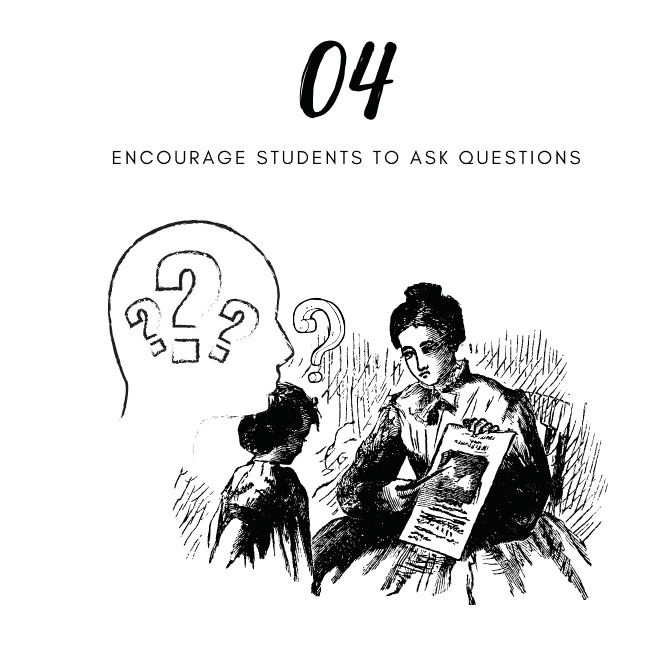A good online learning environment may be a great attribute to the success of an online course. It is not only about creating a positive class atmosphere for students to feel engaged and motivated. An ideal course setting should encourage the instructor-learner connection and present a sense of support and communication. This article will give you some basic ideas on what makes an ideal online learning environment for students.
1. Welcome with An Introduction Video
Many educators seem to underestimate the importance of the introduction. An introduction video with the nice presence of instructors could result in unexpectedly good impressions. The intro not only explains the prospects and objectives of the course but also enhances the connection between lecturers and learners, thus improving the learning environment. A warm welcoming video represents the personality of the instructor much better than a few bullet points. It makes them more relatable and creates a friendly and positive atmosphere.
2. Reveal Personal Stories

Personal stories from instructors could allow others to get to know whom they are learning from, leading to better trust by the learner. eLearning builds easy access to education with online materials and activities. However, the lack of face-to-face human interaction could have a negative impact on students’ online experiences. Small changes in the instructional design could enhance the eLearning connection.
3. Speak Students’ Language
By studying and following student’s rules, educators could identify what is most appropriate for them. A well-designed course should be learner-centered. Moreover, students are likely to prefer lecturers with whom they can feel connected. It is unnecessary to be perfect all the time. Presenting academic topics with a friendly and conversational voice could strengthen the instructor-student relationship and improve the learning environment.
4. Encourage Students to Ask Questions

Questions are crucial to online learning. There are various reasons why students ask questions:
- Their interest in the topic
- Motivation to learn deeper
- Difficulties in understanding a particular detail
All these motives bring beneficial information for educators to upgrade the course. Instructors could encourage students by providing answers and additional resources relating to the subjects, or even giving students credit for their attitude. However, there is no need to answer the questions immediately. Leaving the problems for students to discuss and find out by themselves seems to be a wiser act. It could make them feel more accomplished and grow the online community of students
5. Give Feedback

Assignment feedback sometimes could be more important than the final grade. The grade only presents how well a student performs. The feedback, on the other hand, tells them what they did wrong and how they could improve it. This information gives learners a guideline to think more critically and study deeper on the subject. Online instructors could also make comments or give individual credits for motivation.
6. Engaging Teaching Materials
Online learning opens new access to education, so it seems ridiculous to limit the teaching resources to documents or slides only. Online students deserve more than just reading texts via the Internet. They could learn through videos, games or even AR and VR!
Videos like animation could make incredible teaching materials. One minute of video is worth 1.8 million words, according to Forrester Research. Videos provide a faster and easier route to knowledge. Furthermore, they are interesting to watch. Not all videos are fascinating. However, a well-made video could have a positive impact not only on the learning experience and satisfaction but also on the learning environment. A good example of massive success is Khan Academy. They are globally well-known for their engaging and informative educational animations.
On the other hand, gamified eLearning sounds like a complicated concept. However, it is not difficult to make online learning interactive. A lot of LMSs have stepped up their games by providing easy interactions for educators. For example, Storyline allows instructional designers to build their courses with drag-and-drop games. These simple games are a nice addition, they encourage students to participate actively in the program.
Conclusion
Students have new access to education with eLearning, which means full control of what, when, and how they study a particular subject. However, this causes a severe lack of instructor and peer connection, which may result in isolation and demotivation. Instructors need to create a great online learning environment where students are accepted and supported. The higher learners feel comfortable and engaged in online courses, the better they can perform.
>> Adapt animated learning videos as an effective method of teaching science

Sean Bui, the founder and creative director of F.Learning Studio, is a respected leader in the e-learning and multimedia production industry. With over 10 years of experience, he has dedicated his career to helping organizations create engaging and impactful learning experiences.
Under his leadership, F.Learning Studio has grown into a trusted partner for organizations in the education, healthcare, and corporate training sectors, producing over 2,000 minutes of educational animation.





